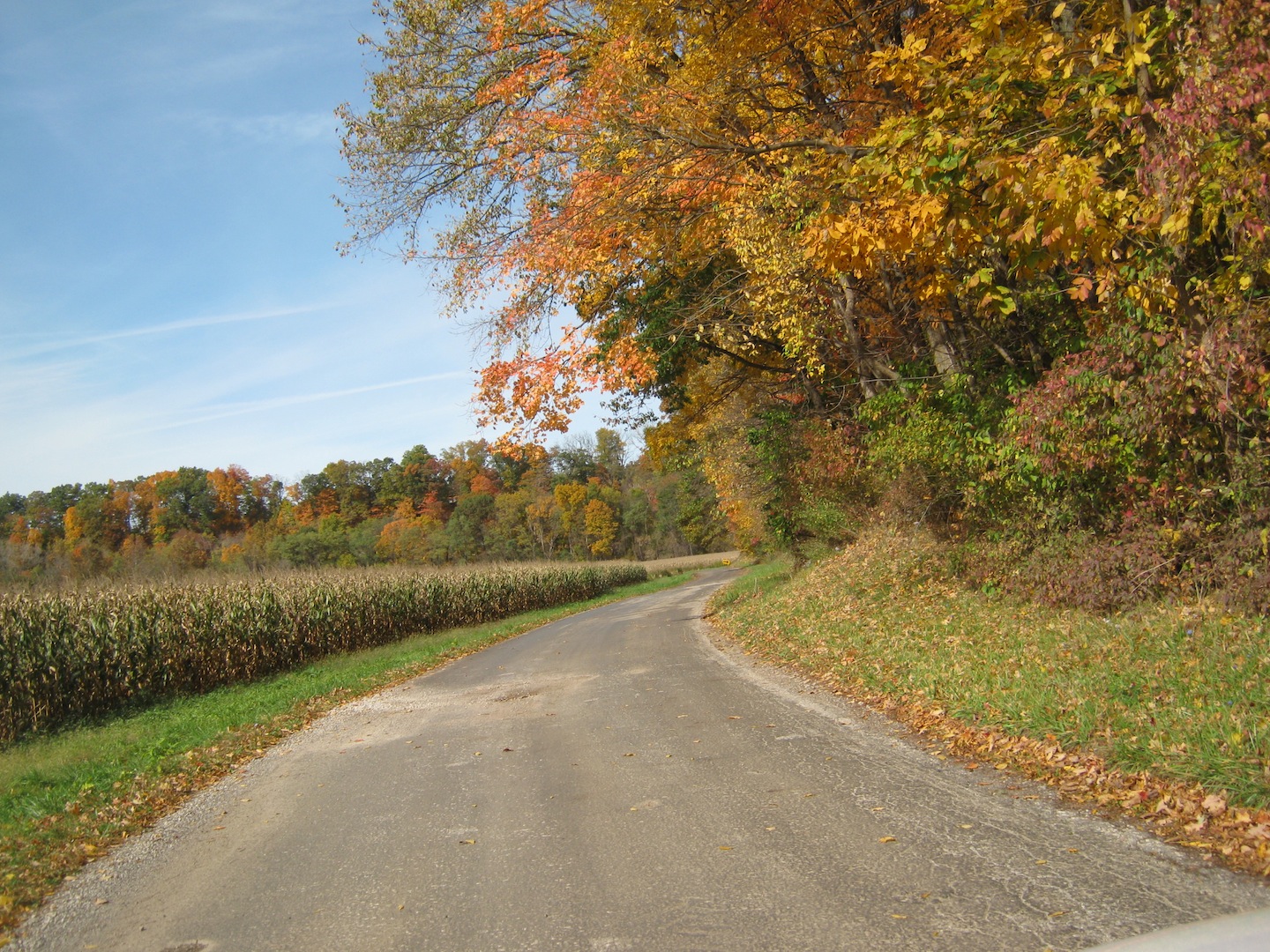 |
| The front page of the Lorain Journal of October 31, 1938 |
The realistic announcement during the broadcast that Martians had landed in Grover's Mill, New Jersey caused an uproar that is still remembered and talked about today.
How did the panic play out in Lorain? Here's the story (below) as it appeared on the front page of the Lorain Journal on October 31, 1938 – the day after the broadcast. As you can see, it did not even rate the headline.
****
Protests Follow in Wake of 'Mars Horror'Many Lorainites Alarmed as Radio Fantasy Brings War Jitters to U. S.
A horrible fantasy of war waged on the earth by fearsome men from Mars brought near-hysteria to thousands of persons thruout the country who were not listening last night to Charlie McCarthy's rival radio program.
In staccato, news-broadcasting style, the fiction of a "Hallowe'en" program became so realistic that panic prevailed among listeners thruout the United States and Canada.
Today the federal communication commission started an investigation of the program. Sen. Clyde Herring of Indiana said he planned to introduce in congress a bill to outlaw such radio plays.
Calls Flood In
In Lorain, The Journal office last night and again this morning was swamped with calls from frightened residents who wanted information on the attack of the martians.
City police reported they were unable to give comfort to near-hysterical persons who called them for verification of the catastrophe.
Sgt. Britt Buda, who was on duty at the police station desk during the program, said that he, himself, was not sure that the whole thing wasn't true, since he had heard parts of the program on a radio turned on in his office.
"Is the world coming to an end?" screamed one woman who called The Journal.
A man, who said that he had been roused from bed by his wife, cried into the telephone: "What's happening in the east. They say it's almost all destroyed. For God's sake, find out something about it!"
Whole Country Roused
Most of those who called refused to be reassured, having been "worked up" by months of war-tension in Europe.
Other residents who had heard the oft-repeated warnings during the program that it was "just a play," indignantly declared that such horrible descriptions should be banned from the air.
Indications were that Lorain as a whole took the "news" that New Jersey was being destroyed by the "death rays" of the men from Mars much more calmly than other communities thruout the country.
A woman in Pittsburgh tried suicide, saying "I'd rather die this way than like that."
At a high point in the program, the electric power failed at Concrete, Wash., a town of 1,000. As the lights went out most of the homes, many thought the invasion had reached the west coast. Women fainted and men prepared to take their families to the mountains, according to the Associated Press.
Some reported they could smell the gas and see the attackers. People gathered in groups to pray for salvation.
Head for "Open Spaces"
In metropolitan New York City, panicky persons jumped in the autos and headed for the open spaces to escape the expected bombing of New York.
A woman in Indianapolis ran down the main aisle of St. Paul's Episcopal church, crying "The world is coming to an end." The congregation was hastily dismissed.
Three Toledo residents fainted at telephones while trying to call police, the United Press said. Others said they could see the flames and smell the Martian poison gas.
In Newark, N. J., near the scene of the hypothetical invasion, hysteria ran riot. Hundreds fled from two city blocks, carrying what possessions they could snatch up.
Orson Welles, director of the program, today issued a statement expressing "deep regrets."
****
The whole 1938 "War of the Worlds" hysteria was one of those things that my parents told me about when I was a kid, causing me to forever associate it with Halloween (along with the annual séance to see if Houdini was able to send a message from the Great Beyond).I was surprised that, according to the Lorain Journal, the city's reaction to the "War of the Worlds" had been so low-key. I was expecting a Journal headline like that of the Boston Daily Globe (at left).






















































